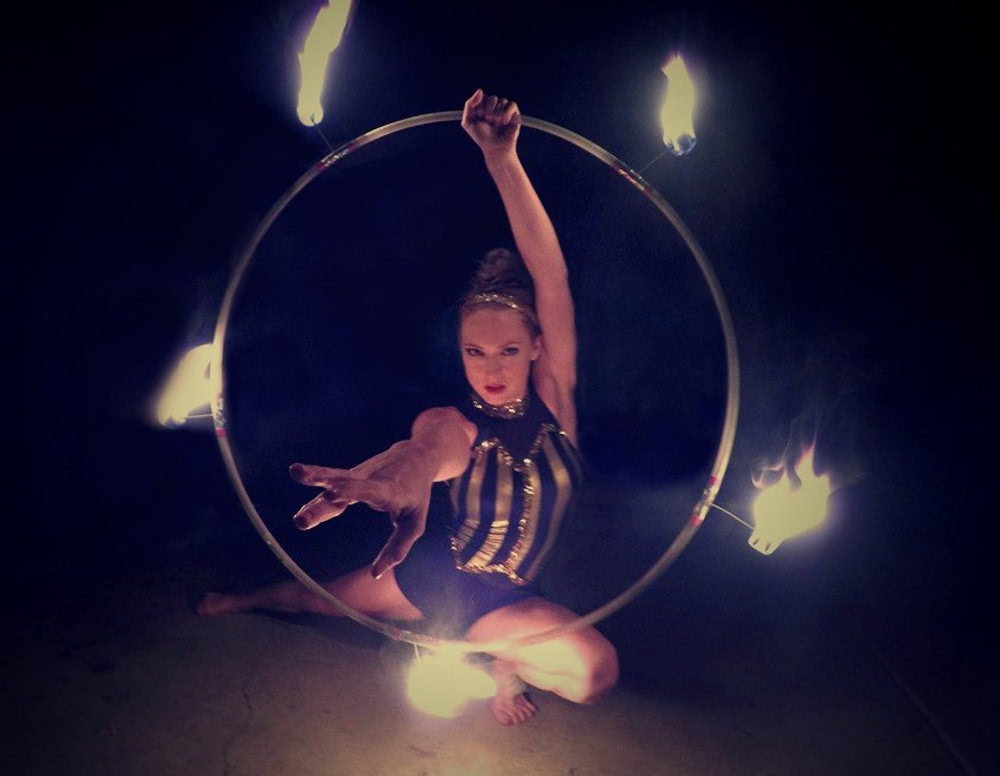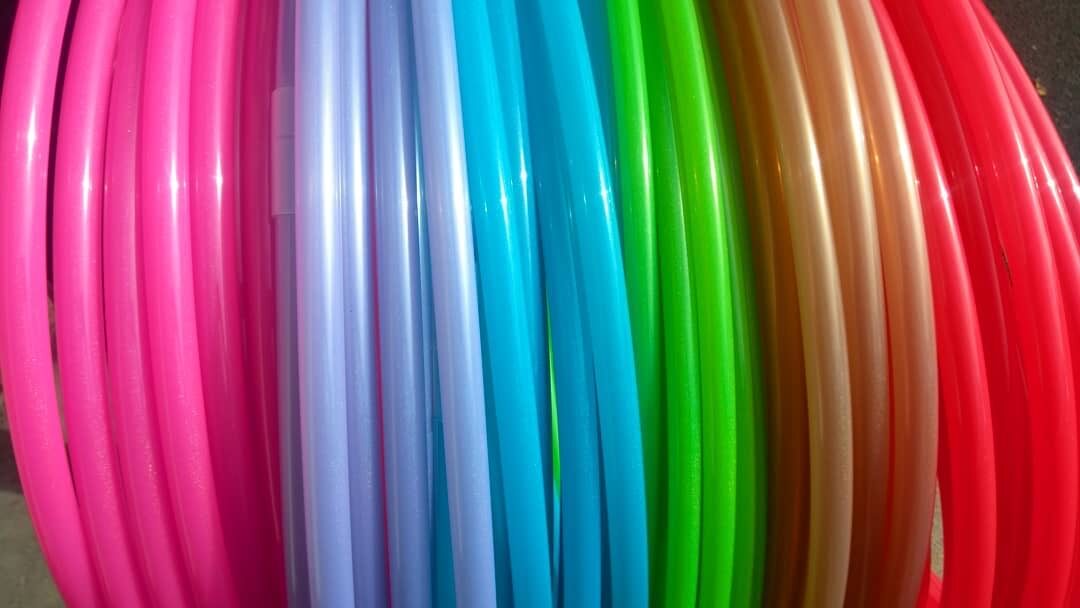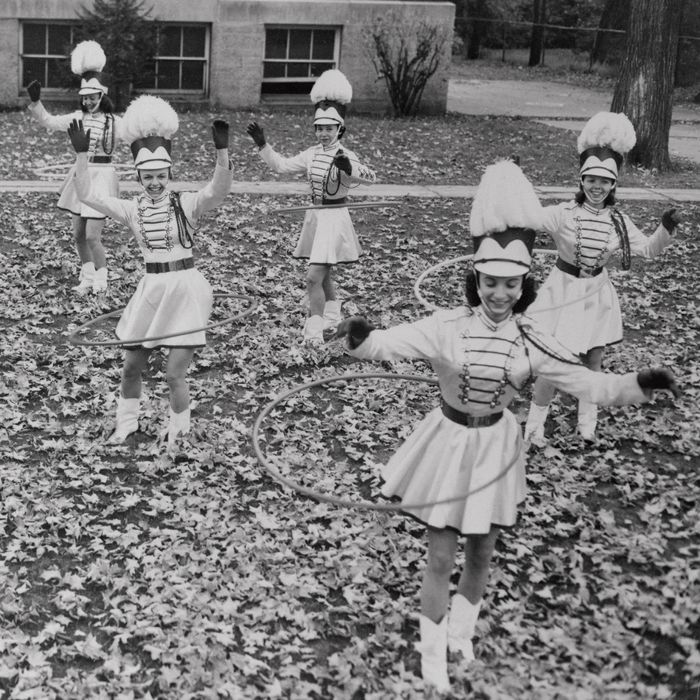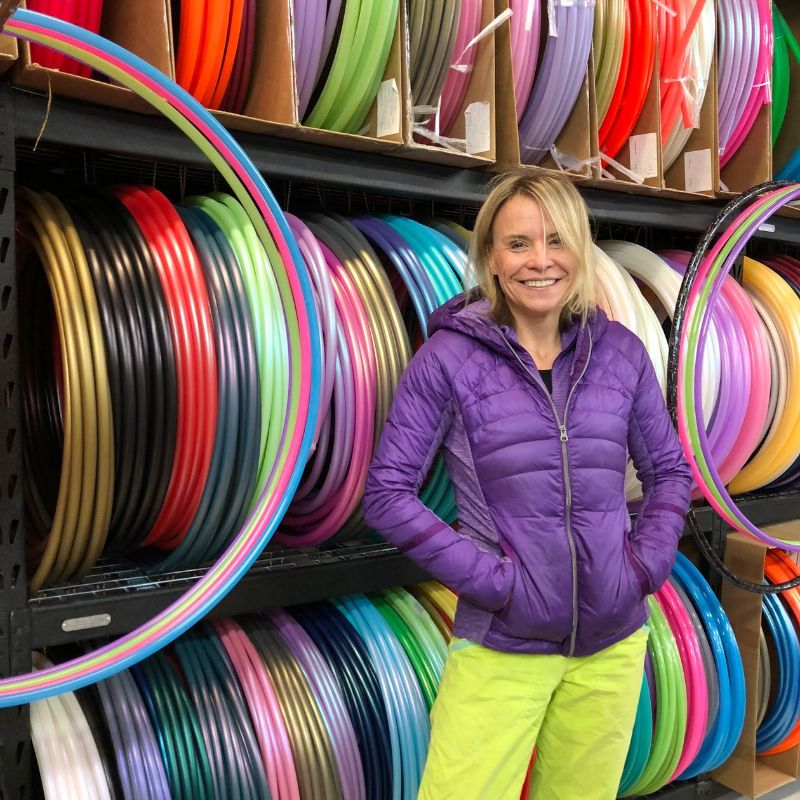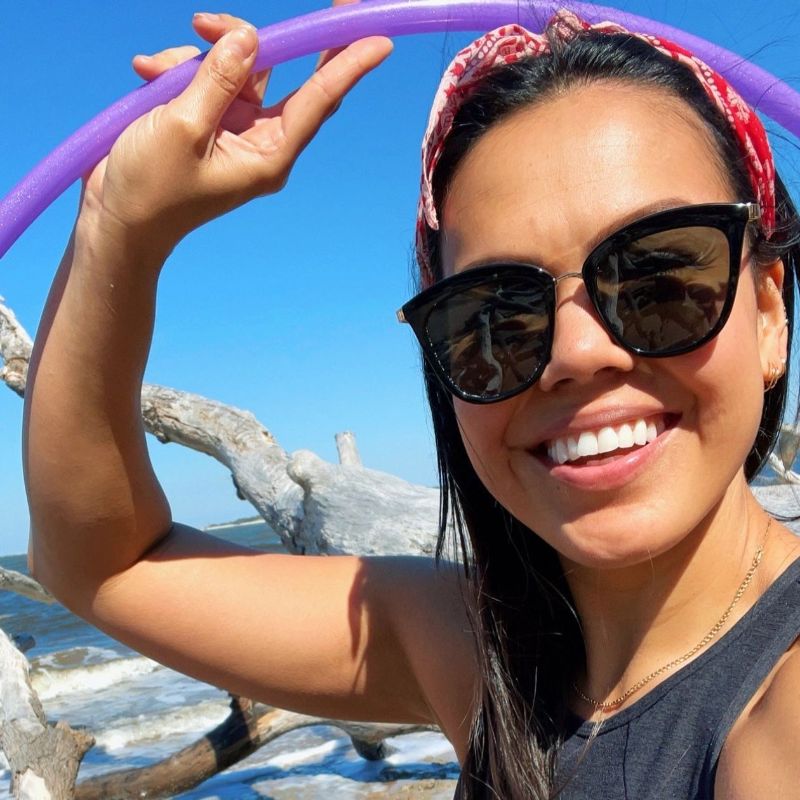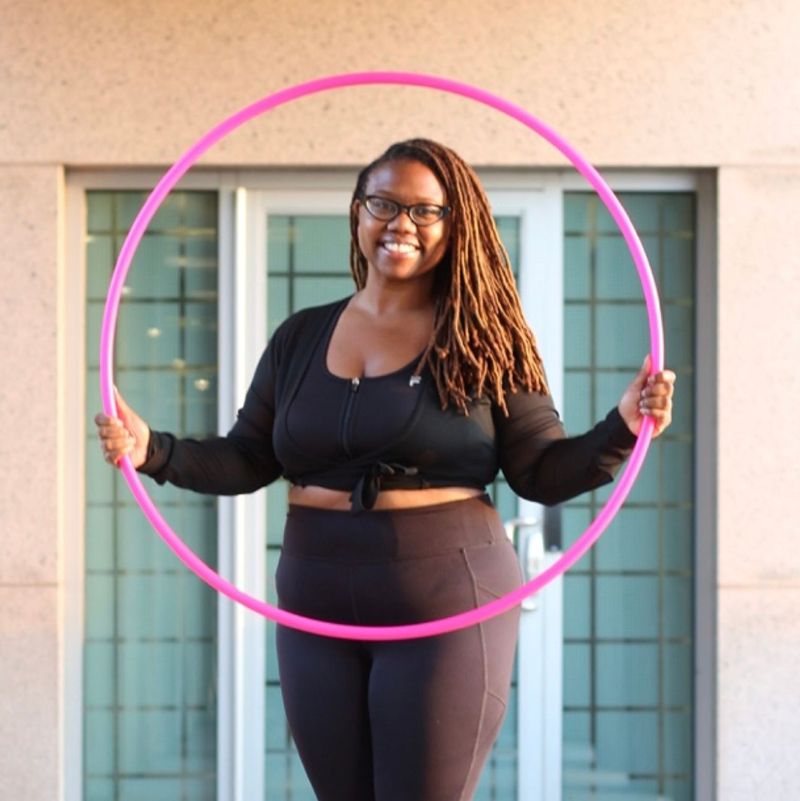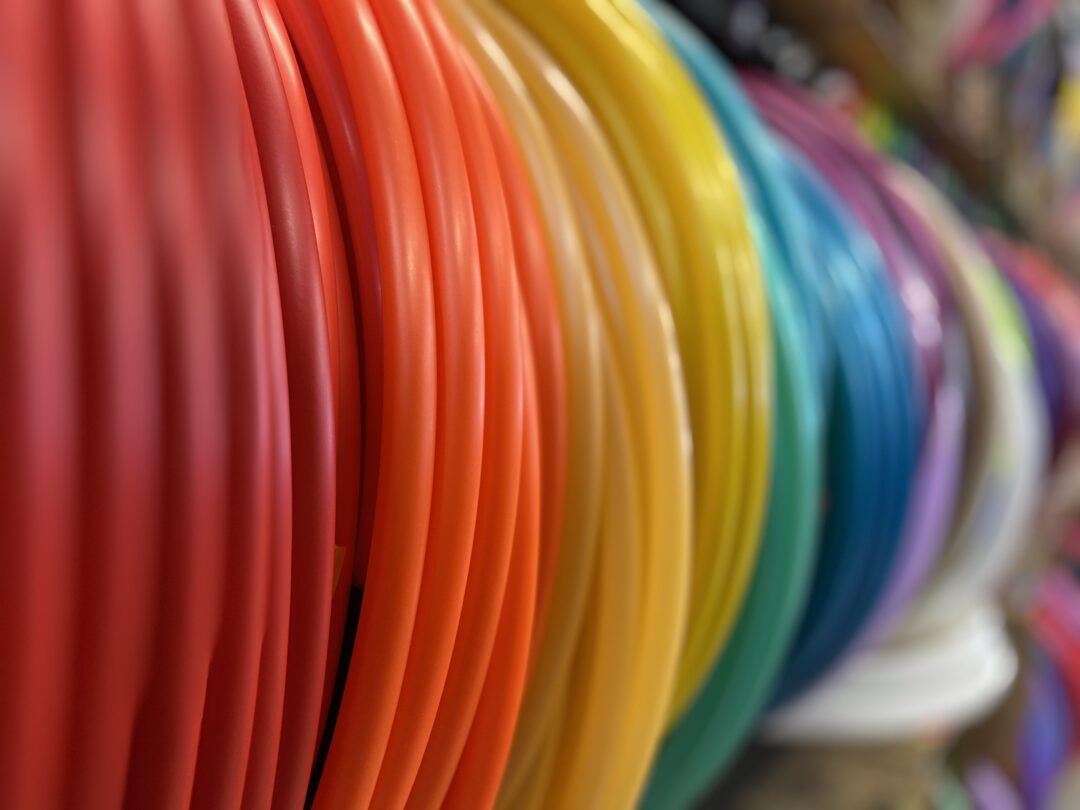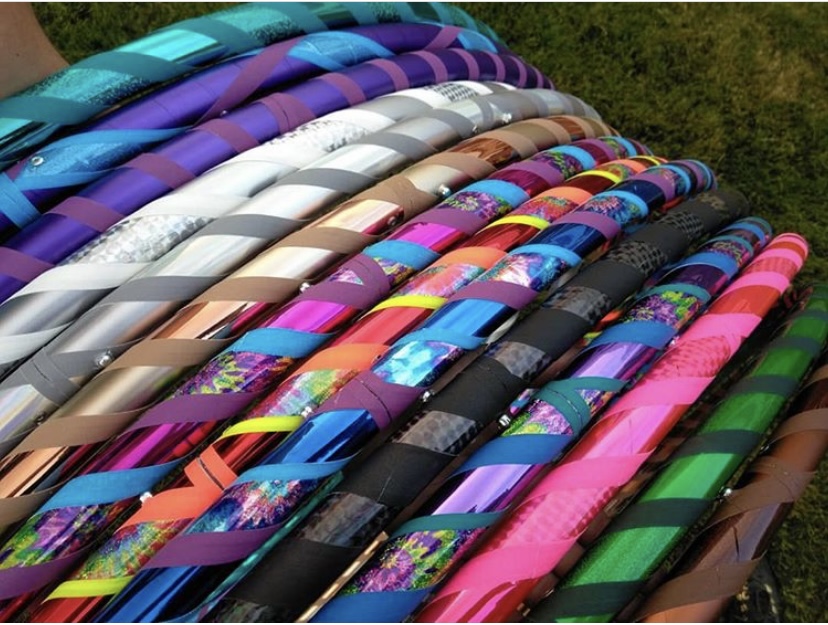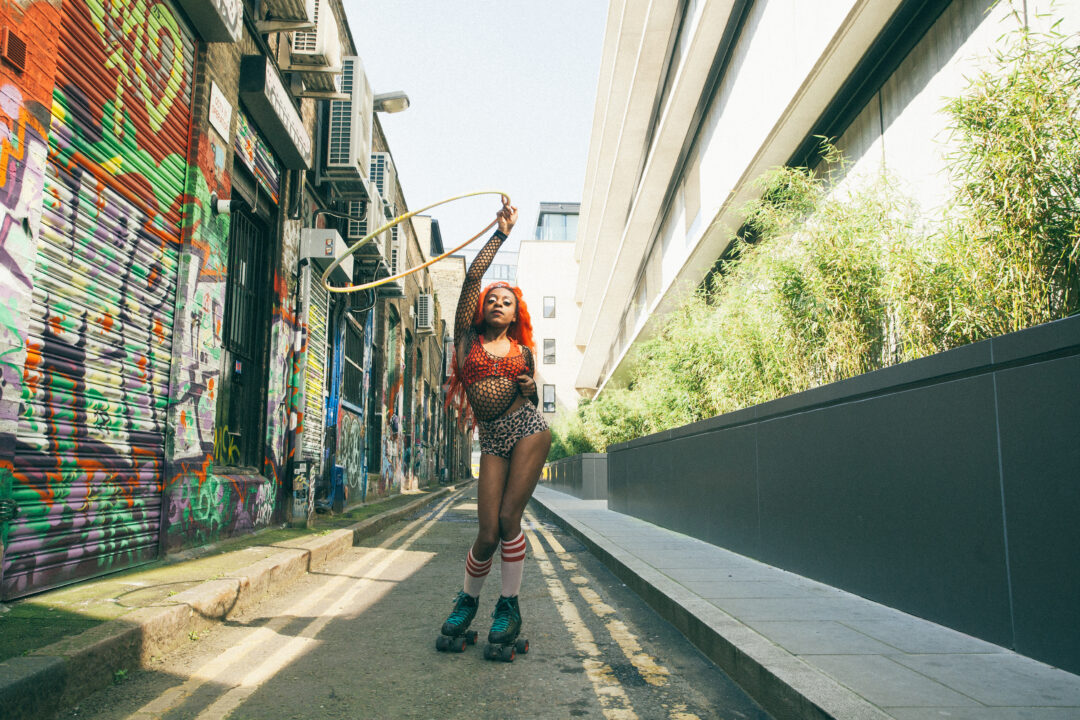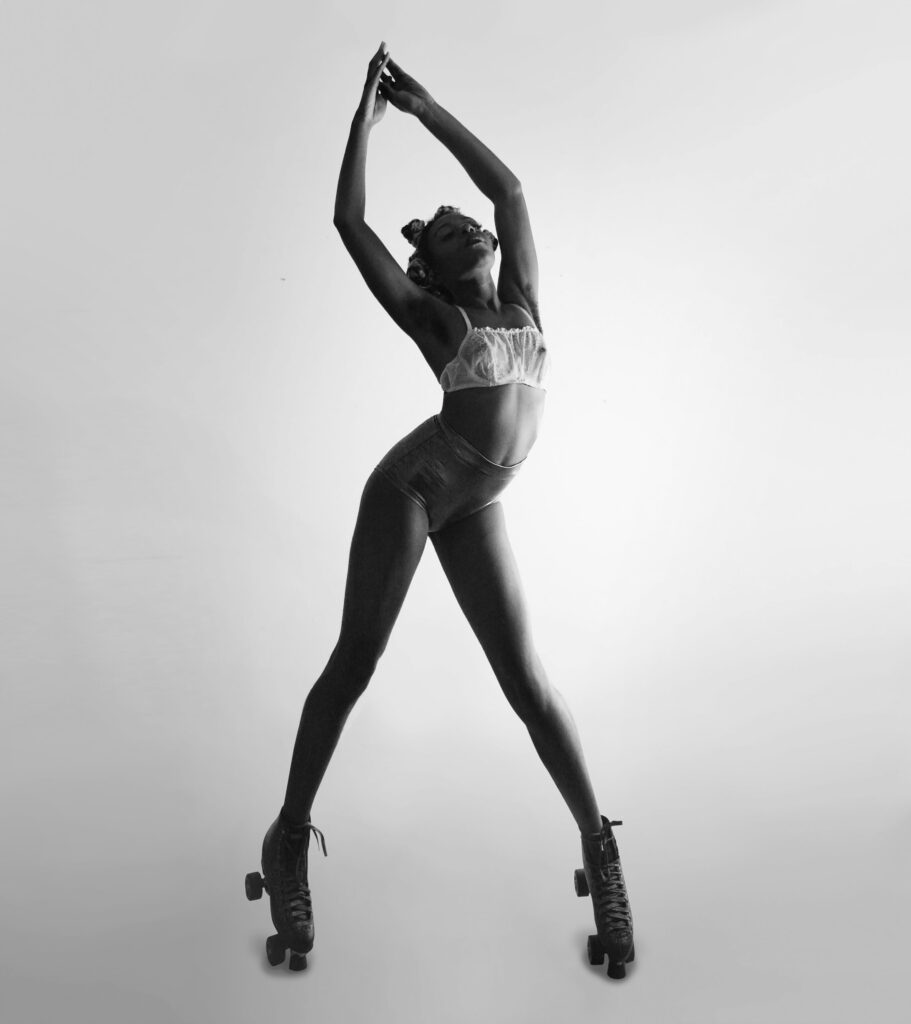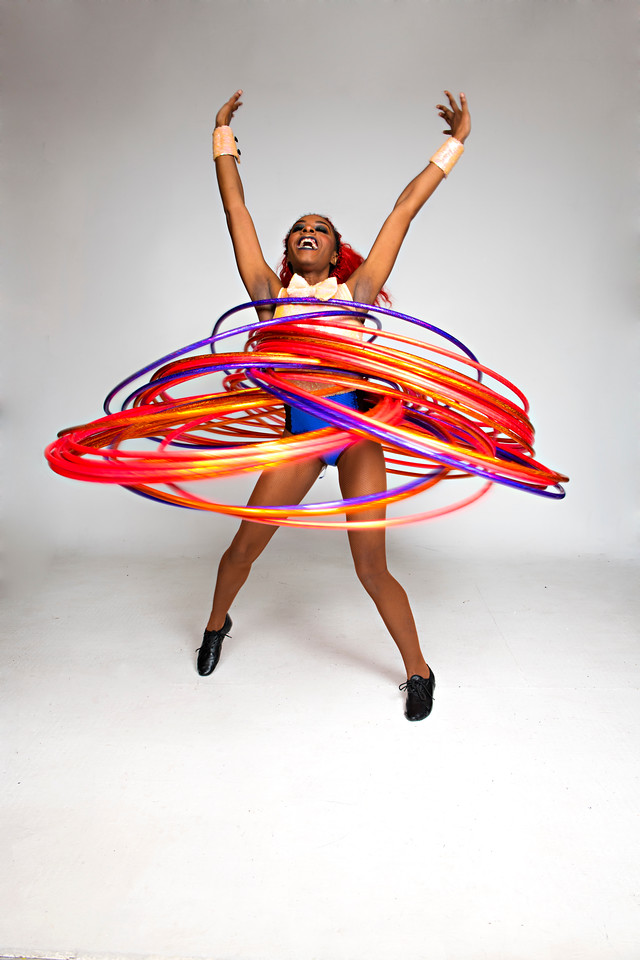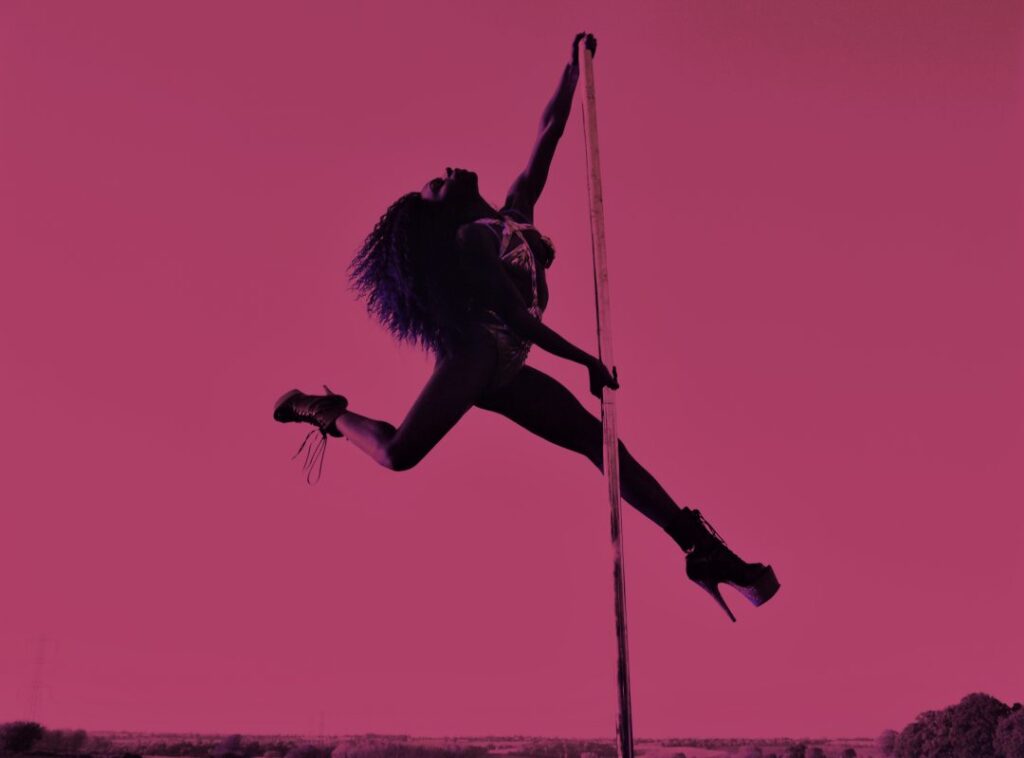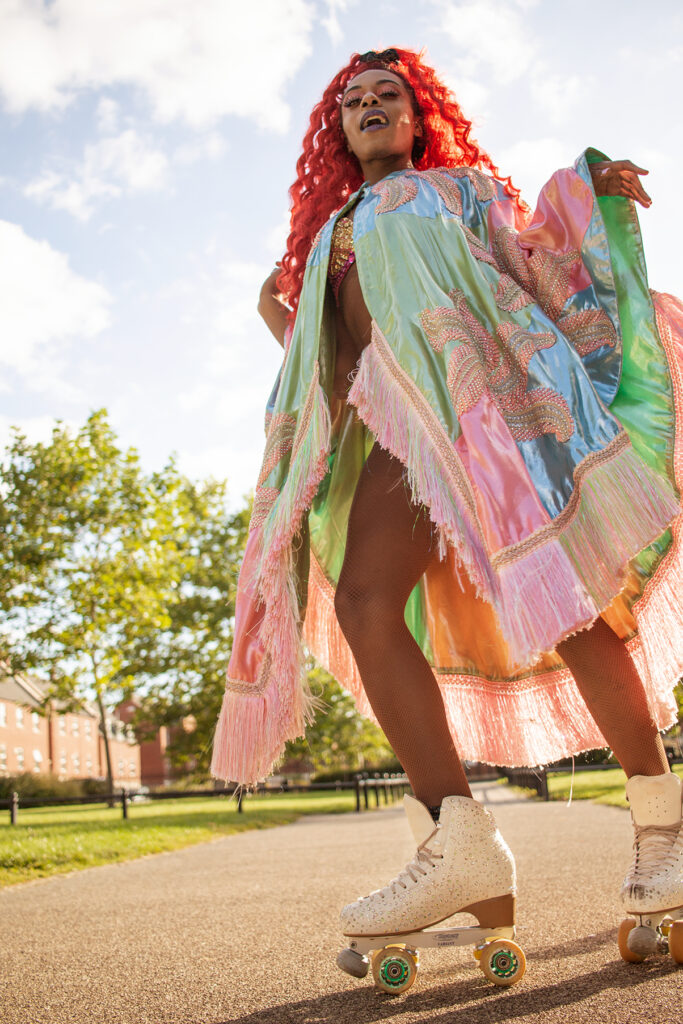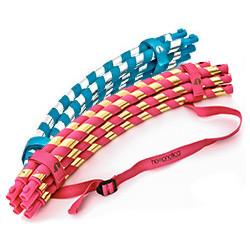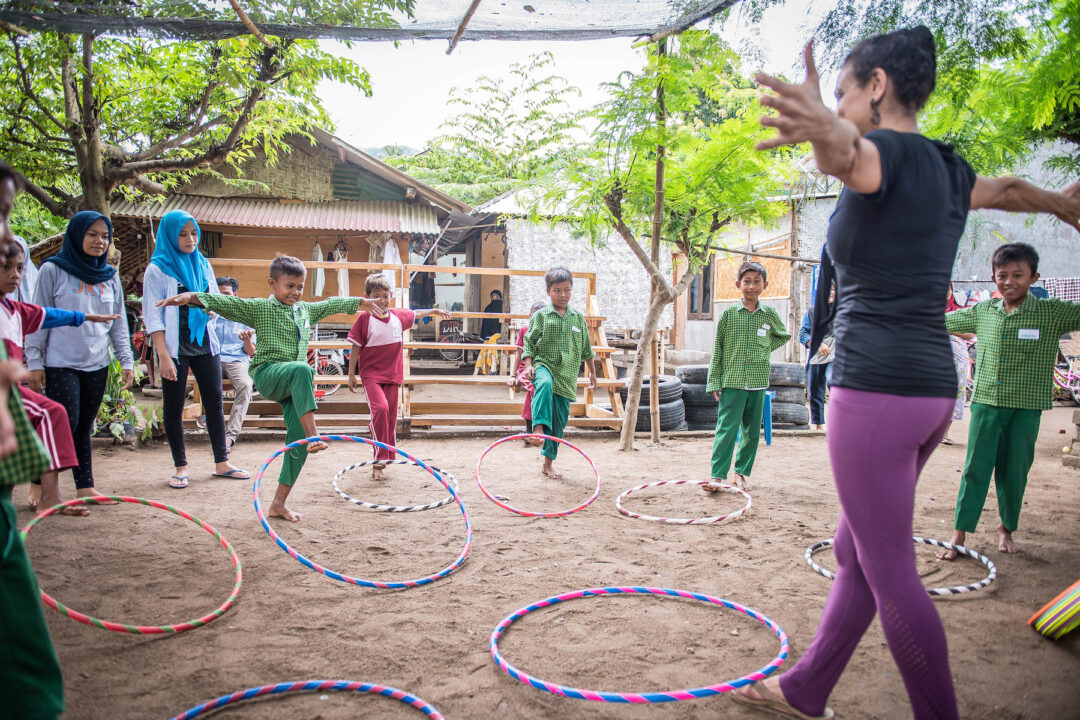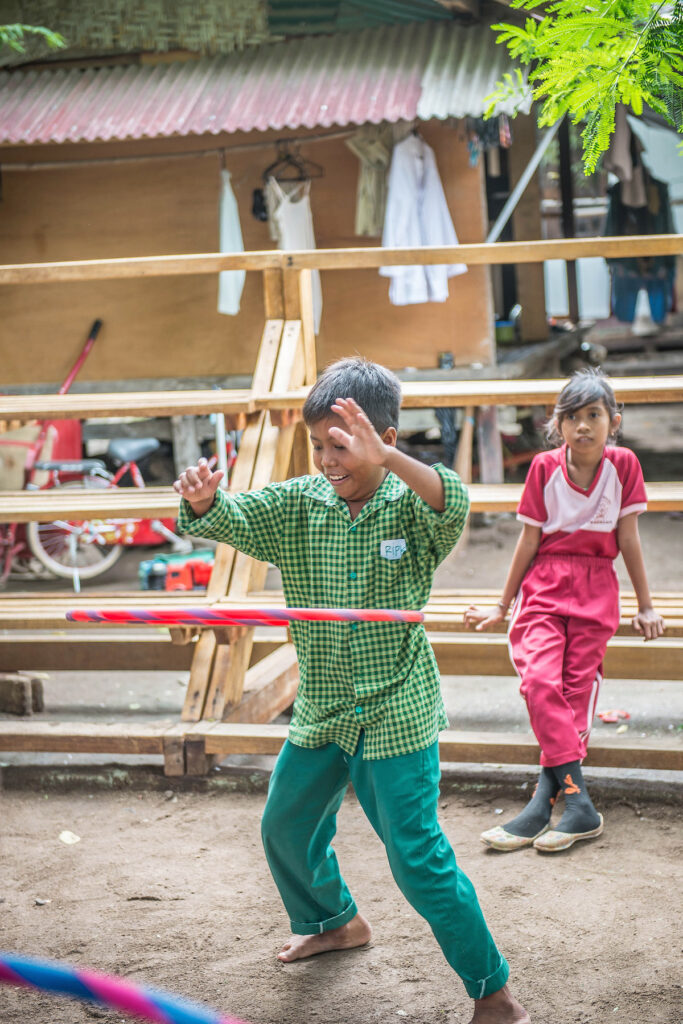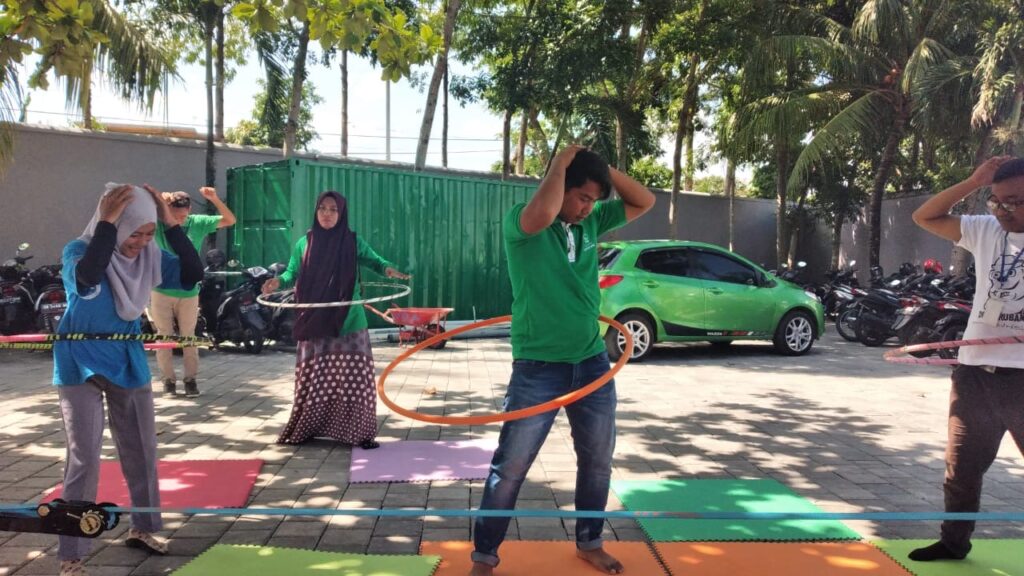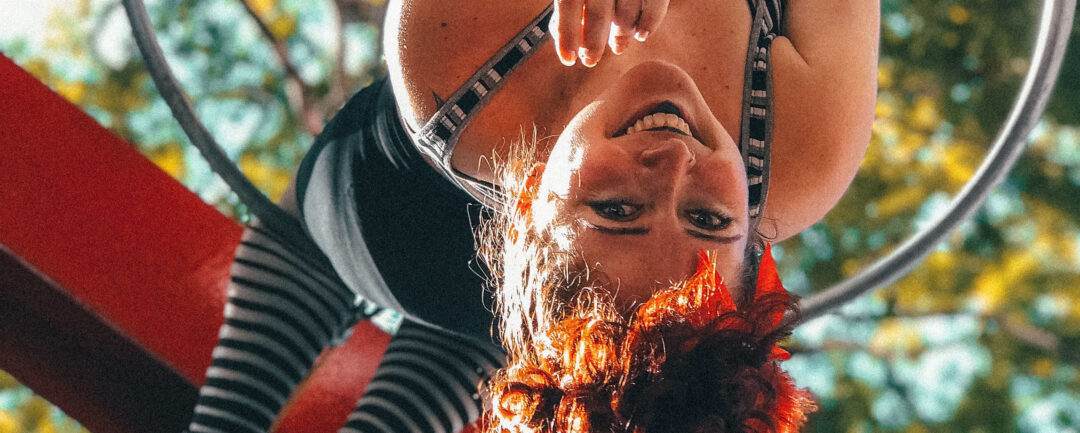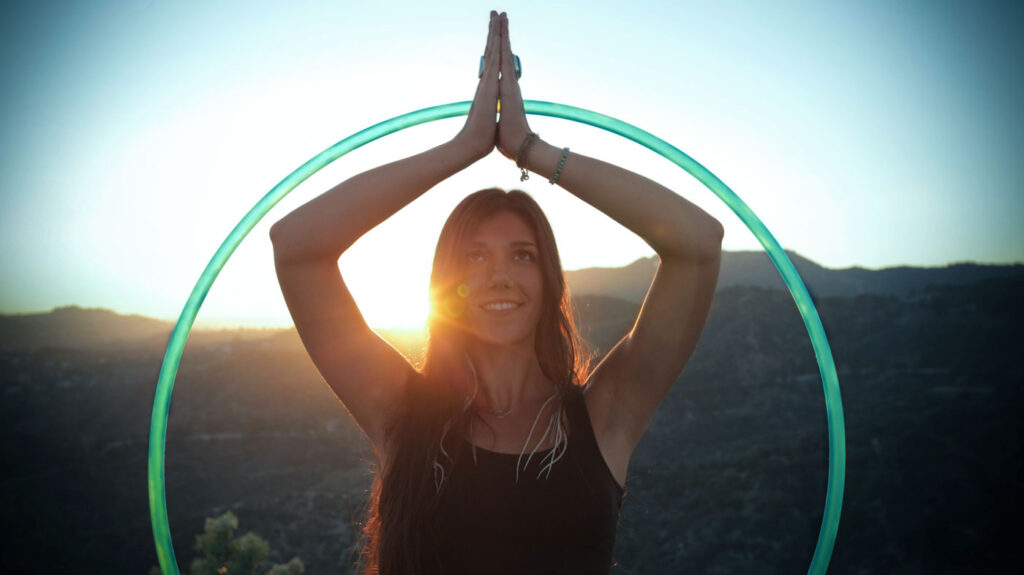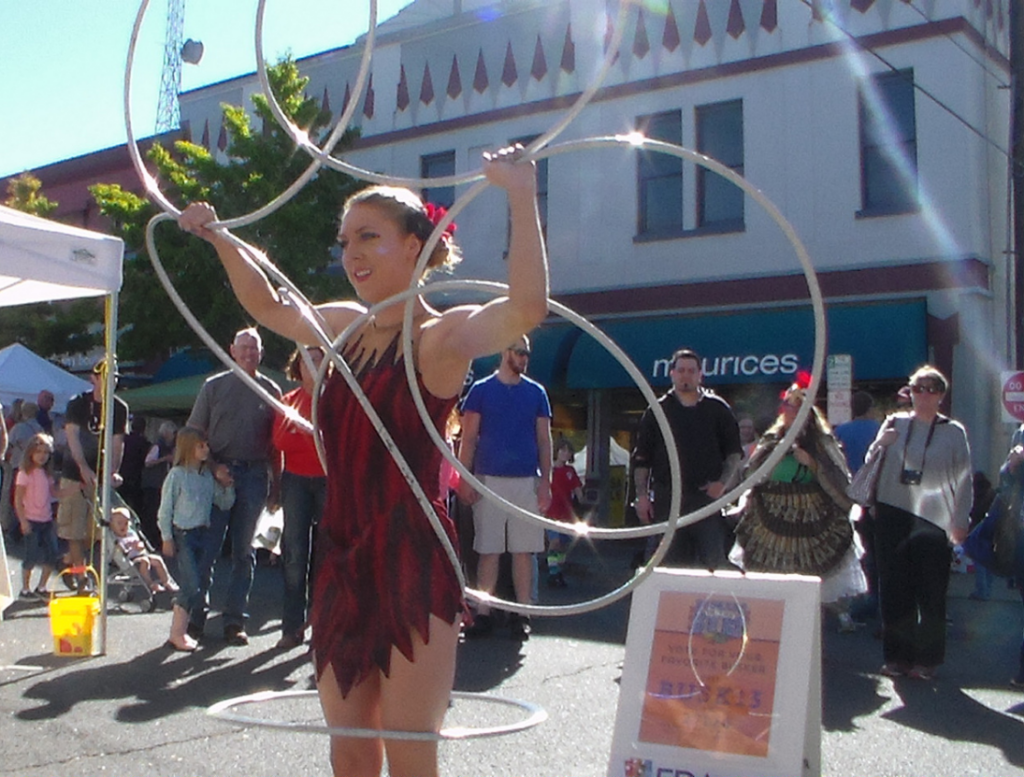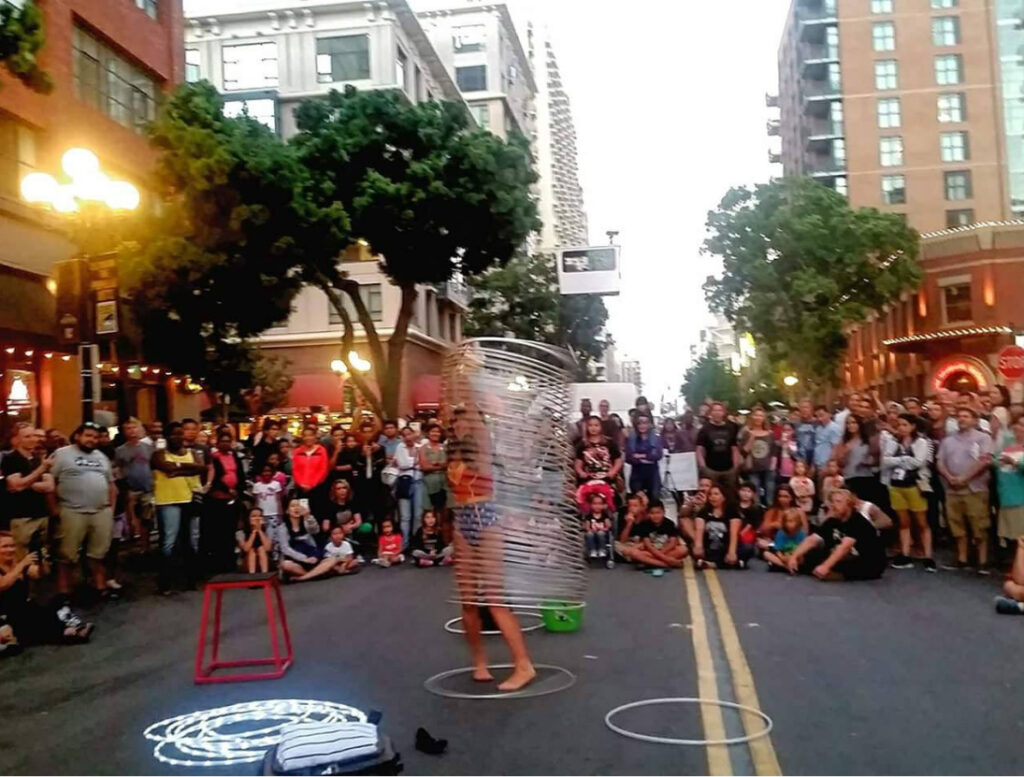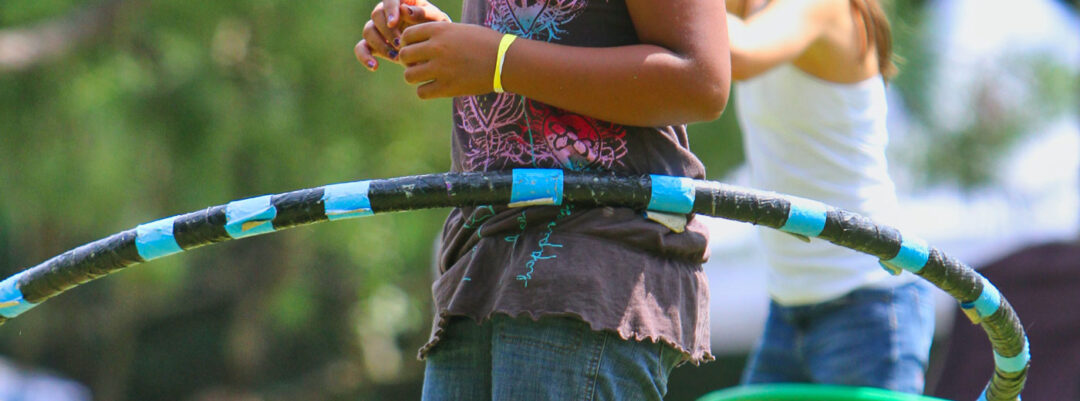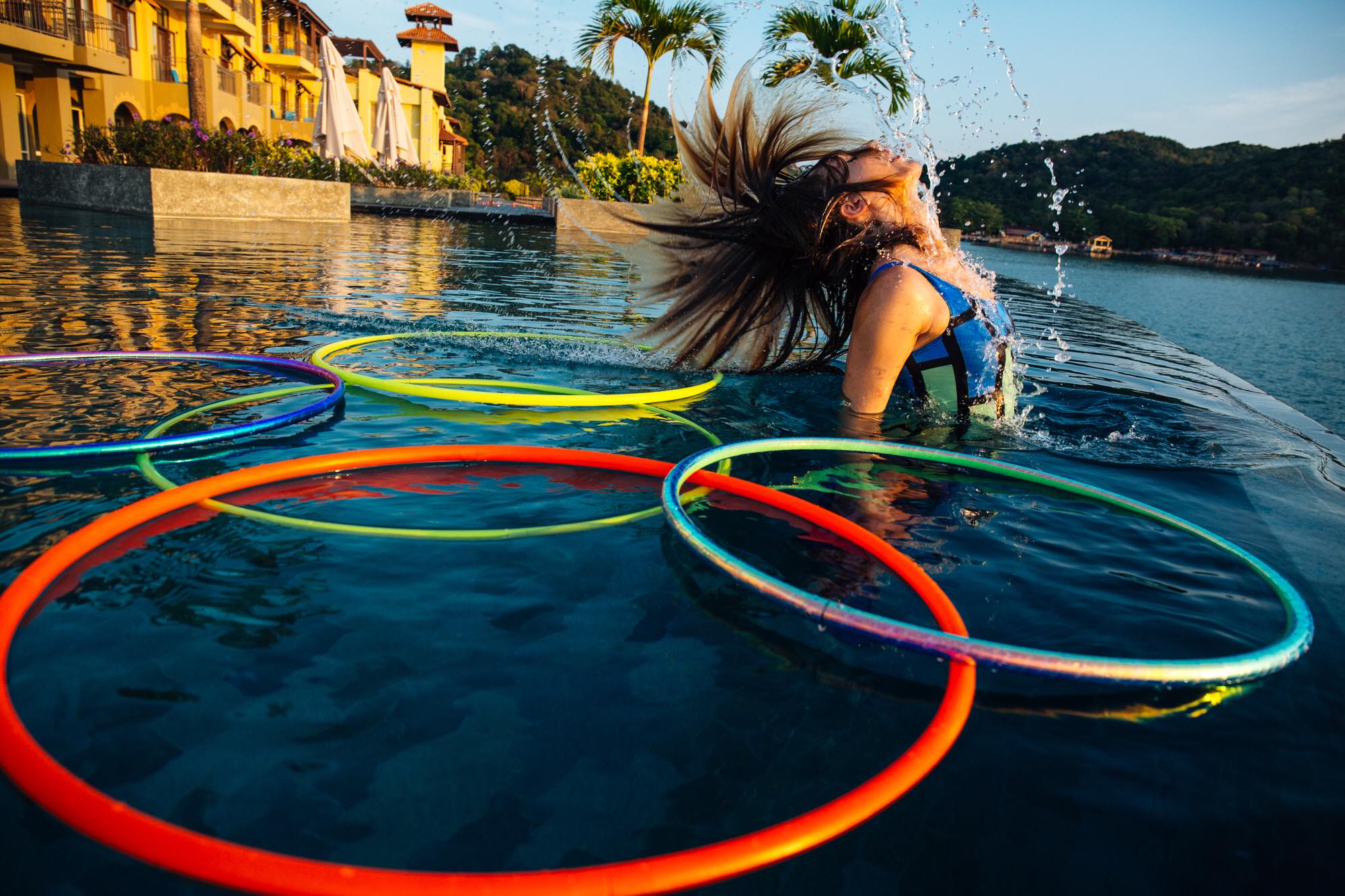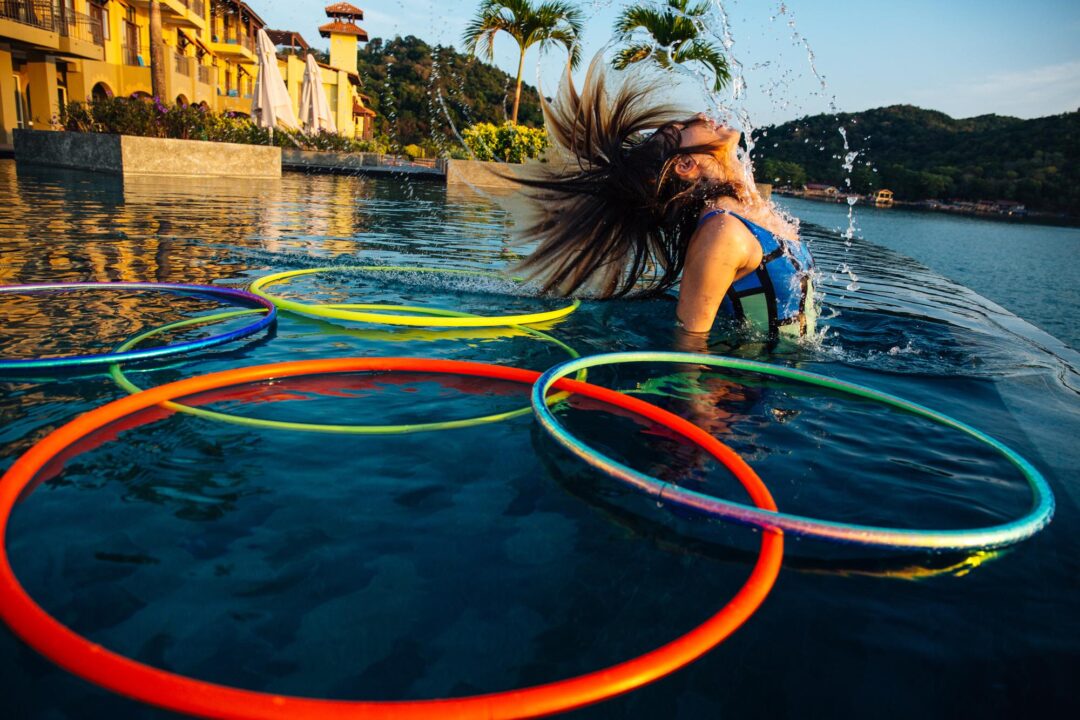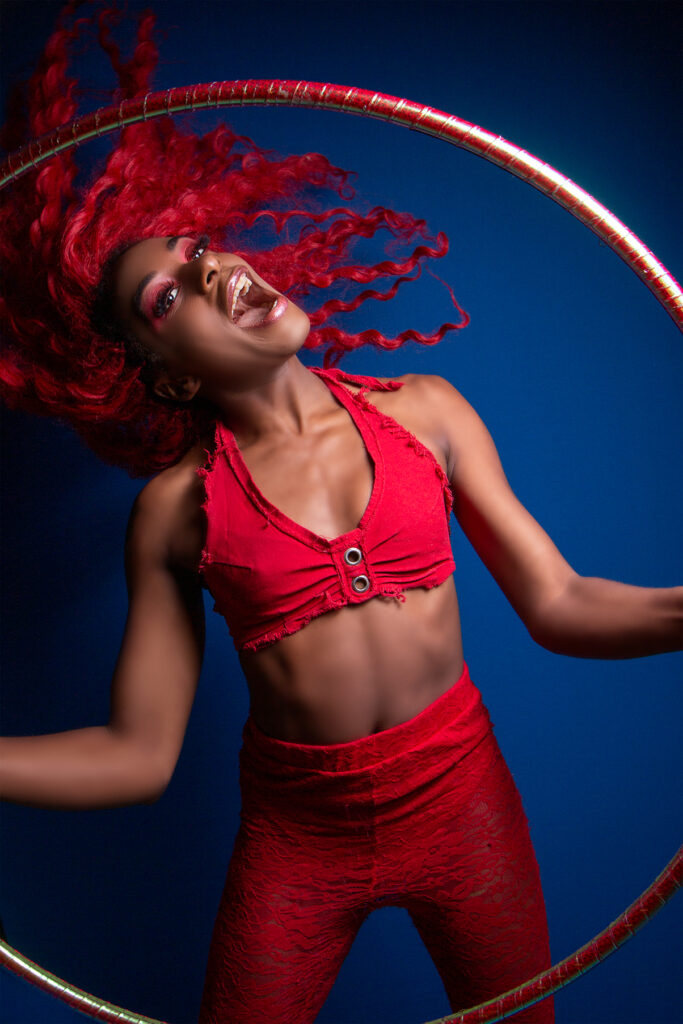By Hillia Hula
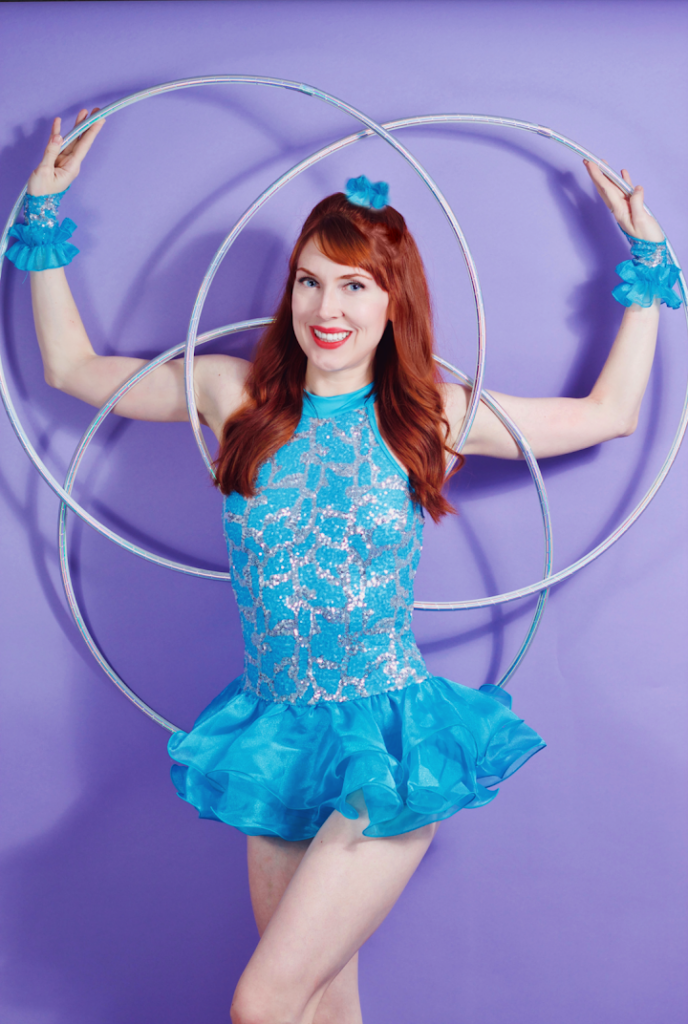
If only it was as simple as it appears on the outside: a hula hoop dancer, performing a beautiful act for an audience. Inside the performer’s mind exist battling thoughts that are rarely known or discussed with the outside world. Hoop performers navigate a chaotic internal world where our art is constantly judged and invalidated, if not by others, by ourselves. In this three-part series, I attempt to bring awareness to the silent challenges performers face and provide helpful strategies to thrive when faced with such issues.
What does it mean to be a successful hooper? Who is a successful hooper? These are the kind of philosophical questions that you, as a hoop performer, may ponder at some point or another in your career- whether you are just starting out or have been in the game for decades. For myself, that question was answered by watching my early hoop idols on YouTube. I would observe the types of shows they were booking and form my standards based off of that. I thought to myself, Once I book my first corporate event, I’ve made it.
I still remember the feeling when I received a Facebook message one evening, asking me if I was interested in performing for Google. Excited was an understatement. I was ecstatic. I thought, This is it, I can die now as a happy hooper. However, after the gig had passed, I was confronted with unexpected, unsettling emotions. Instead of feeling gratitude and contentment, I felt a yearning to prove myself to the world as a professional and was hungrier than ever to do so.
The next couple years were spent trying to take things to the next level to impress others. In my mind, performing for a TV show would be the ultimate success. Then I will have really made it, I thought. Then that day came when I got to perform on Snoop Dog and Martha Stewart’s Potluck Party for VH1. The jumping up and down screaming upon hearing word of my gig was soon replaced, once again, by feelings of discontentment. I was confused. I thought, Surely with a title like that under my belt people will take me seriously and new opportunities will come flooding in. Much to my surprise, little changed in my performance career. The hype around my big moment of success impressed only those in my closest friend circle and they seemed to forget about it as quickly as it happened.
Here I was crushing my own milestones and achieving my wildest dreams, yet I still felt the anxiety of not being enough. At this point I realized that more corporate gigs and TV shows were probably not going to fill that void. After talking with other hoop performers, I came to realize I was definitely not alone in my experiences. I was craving recognition and approval internally from the outside world for all my hard work and achievements. It was as though I wanted everyone to suddenly see me in a new light as this professional, and it just wasn’t happening.
One day it dawned on me that I could appear on five TV shows, join Cirque du Soleil, and get all the corporate gigs one could dream of and there would still be people that wouldn’t bat an eye. The more I sought to be seen, the more invisible I felt. Worse, I felt ungrateful when I knew many hoopers would kill for even one of these opportunities. This played terribly into my ego, and I became bitter and annoyed. I found myself bored backstage at shows, eager to get things over with so I could go home. How did my mental state come down to this?
When I started hooping, I was thrilled just to nail the most basic trick. Somewhere down the line, I got caught up in wanting to be enough for the outside world instead of being enough for myself. When you try to change the lens through which others see the world to match your own, you create a recipe for continuous dissatisfaction. No matter how badly we desire people to see the amazingness of hooping, it just isn’t going to click with everyone. Yes, you heard me right. I am telling you there are people that don’t want to spend 24/7 mesmerized by the love and magic of the hoop.I know, I know, it’s hard to believe, but I am asking you to be okay with that. The sooner you are, the sooner you will be at peace with your performing.
It only makes sense that when you live proudly, boldly, and without creative limits, your external reality will be challenged or invalidated by the outside world which would prefer you to play it safe, be practical, and “pretty please, be normal.” A great example of this is when I am asked if performing is my full-time job. If I say no, I typically hear a follow up response of, “I hope you get good enough someday so you can make it.” Hoop performers are all too familiar with phrases like “Get a real job” or my personal favorite (coughs with sarcasm), “This would be cool if I was on drugs” when I am LED hooping. Do not let the constraints of others’ thinking guide and shape your path as a hoop performer. Try these personal tips of mine to reconnect with what you love and be enough for you.
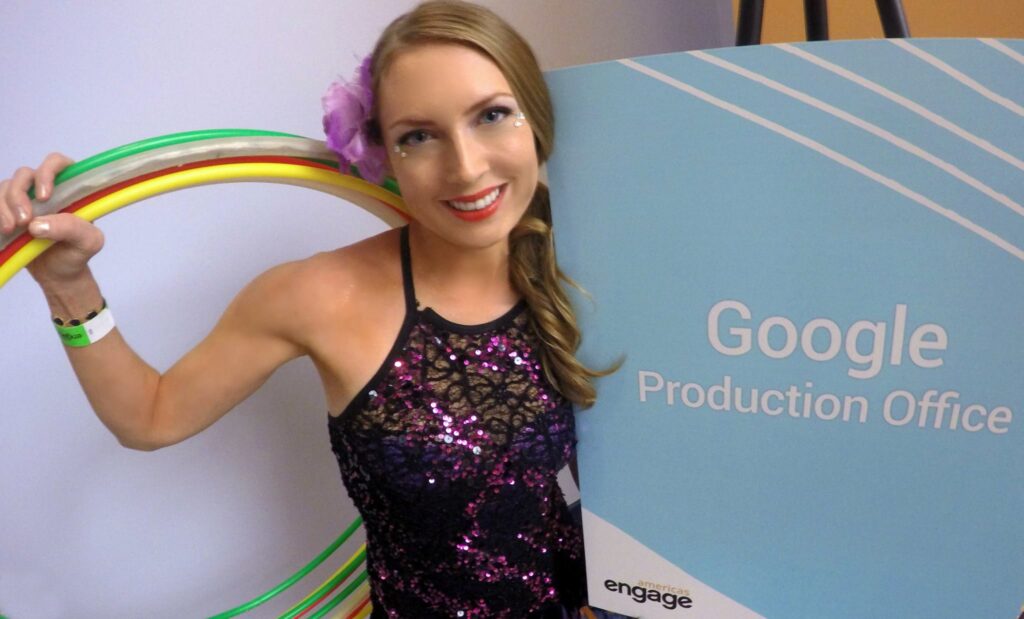
1. Live in the Moment
Try to live in the moment rather than check a gig off your goal list. Have fun and enjoy yourself because at the end of the day, after the 15 minutes of fame, you are left with only your memories. If you struggle to know how to stay in the moment, try the following: Take in the energy of the music, and the audience. Make a mental note of the sights, sounds, and details. Focus on giving your best performance for you and your audience.
2. Let Gratitude Guide
Make gratitude a daily practice, especially when you get new gigs. You can practice gratitude out loud or by keeping a journal. What wisdom or experience can you gain from the gig you will be at? Be grateful for the relationships you make, the places you’ve traveled to near and far, and the lives you’ve inspired. Gratitude is the quickest path to joy! Even appreciation for the simplest things can make a positive shift in your mindset.
3. Find Your Why.
I want you to pretend for a moment that no one will ever know where you have or haven’t performed. How would that make you feel? Would you still feel the need to perform at certain gigs? What would inspire you to keep performing and reaching your gig goals if no one would ever know about them besides you? Perhaps you realize that you have more fun at smaller gigs because of the intimate connections with the audience but are chasing larger gigs because of prestige. Maybe you love larger gigs because you love the feeling of working on a big stage. Find out what gives you a personal rush of excitement and seek to do more of that!
I challenge you to use these three strategies to create a happier career without the pressures and judgments of the external world. You will be a much happier hoop performer living in the moment and carving your own path rather than doing what you think you should be doing. When you confidently and enthusiastically stick to your why, that is success. You are a successful hooper.

